Fix: iPhone Not Showing up in Windows File Explorer
A lot of reports are made by the iPhone users that the “iPhone doesn’t show up in Windows 10 File Explorer” then plug their device in. The problem is also reported by various Windows 10 users as well. As per the users, the problem occurs when they connect their iPhone with Windows 10 system and it fails to detect iPhone.
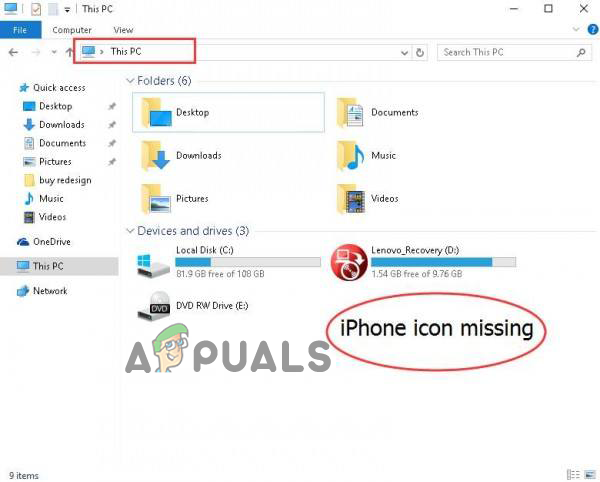
The problem gives a hard time to users as they won’t be able to transfer their files from iPhone to the system and mostly occurs due to faulty or uncertified cable. However, there are other reasons as well. So, this article will share the complete possible fixes that helped many other affected users to get past the problem. But before starting with the solutions let’s have a look at the common culprits responsible for the problem.
- Using Damaged or Unofficial Cable- The main reason causing this problem is the faulty or unofficial cable. If you are using a damaged or faulty cable then it might be possible that your Windows won’t recognize your iPhone due to this reason only. Or sometimes using an unofficial cable that is not using Apple’s official cable might also be the culprit. So if this would be the reason then it can be taken care of by simply changing the cable to a new one or using Apple’s official cable.
- Outdated Windows Version- Secondly, if you are operating an outdated OS version then this could trouble you with such a problem. So, to resolve this problem you need to update your outdated OS version to the latest available one. As updated version comes with better enhancement features and glitch fixes that further boost the Windows performance.
- Using an outdated Apple Device USB Driver- Next reason for such a problem is an outdated Apple device USB driver. If the USB driver on your Apple device has not been updated for a long time then it might be possible that the issue occurred due to this only. So, you need to update your USB drivers to get rid of this problematic situation.
- Damaged or Corrupted USB Driver- Another possible reason for this problem occurrence could be a damaged or corrupted USB driver. So here the situation can be handled just by shifting to the active driver in the Device Manager.
- Incompatible or Malfunctioned USB Port- If the port you are using to connect your iPhone to your system is got malfunctioned or damaged then it might trigger this issue. So here you need to try other USB ports on your system to fix the problem.
- Missing full Access to iTunes Folder- If you don’t have full access to the iTunes folder then it might be the reason causing such a problem. Therefore in order to fix the situation, you need to have full control over the iTunes folder. Having full access to the iTunes folder will easily let you out of this situation thereby showing your iPhone on Windows 10.
So now having known the causes, you can easily able to fix the problem with the most effective solutions in no time.
1. Use Official Apple USB Cable
As discussed earlier that using damaged or unofficial cable might arise this problem. So before getting into any technical troubleshooting, first check your USB cable. If it is damaged then replace it with a new one.
Or if there is no fault with the cable then try using the official Apple USB cable or MFi certified cable to get out of this situation. MFi cables are usually used for building a better connection between your iPhone and the system. Moreover, the uncertified cable might damage your iPhone.
If you are already using the original certified cable but still getting problems then the next thing you have to do is to check your USB port. Sometimes corrupted port might be responsible for this issue. So, try using different ports to get rid of this issue.
2. Restart Your System
Here it is suggested to restart your system as this allows you to solve certain glitches and bugs that might be causing the particular issue. Restarting will help the system to start afresh thereby solving unknown issues in your system.
So first reboot your Windows 10 system and then connect the iPhone and check if you see your iPhone in the Windows File Explorer. But if in the case facing the same problem then head to the next potential fix.
3. Update Your OS To the Latest Version
Most of the time using an outdated OS version might create such an issue. Therefore, firstly you need to update your Windows OS version to the latest available one. As latest updates come with more enhanced features and glitch fixes that boost up your system further by improving its working performance.
Below are the steps to update your OS version:
- First, visit Windows Settings.
- Secondly, choose Update & Security option.
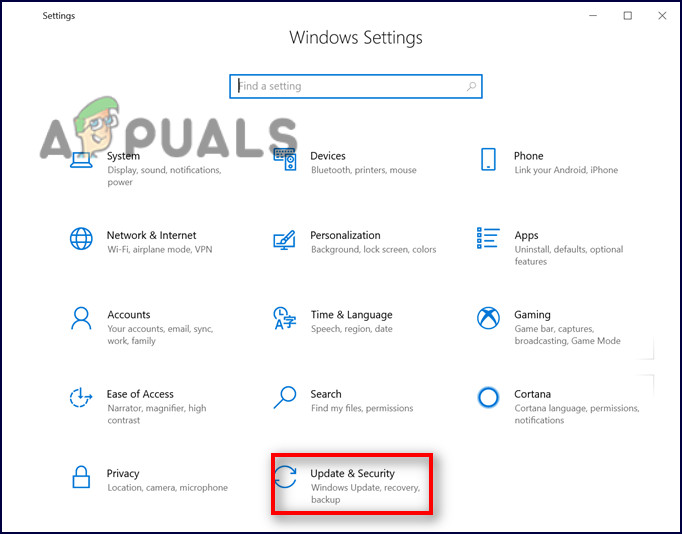
Update Windows & Security - Next, tap on check for the update option in the Windows Update section.
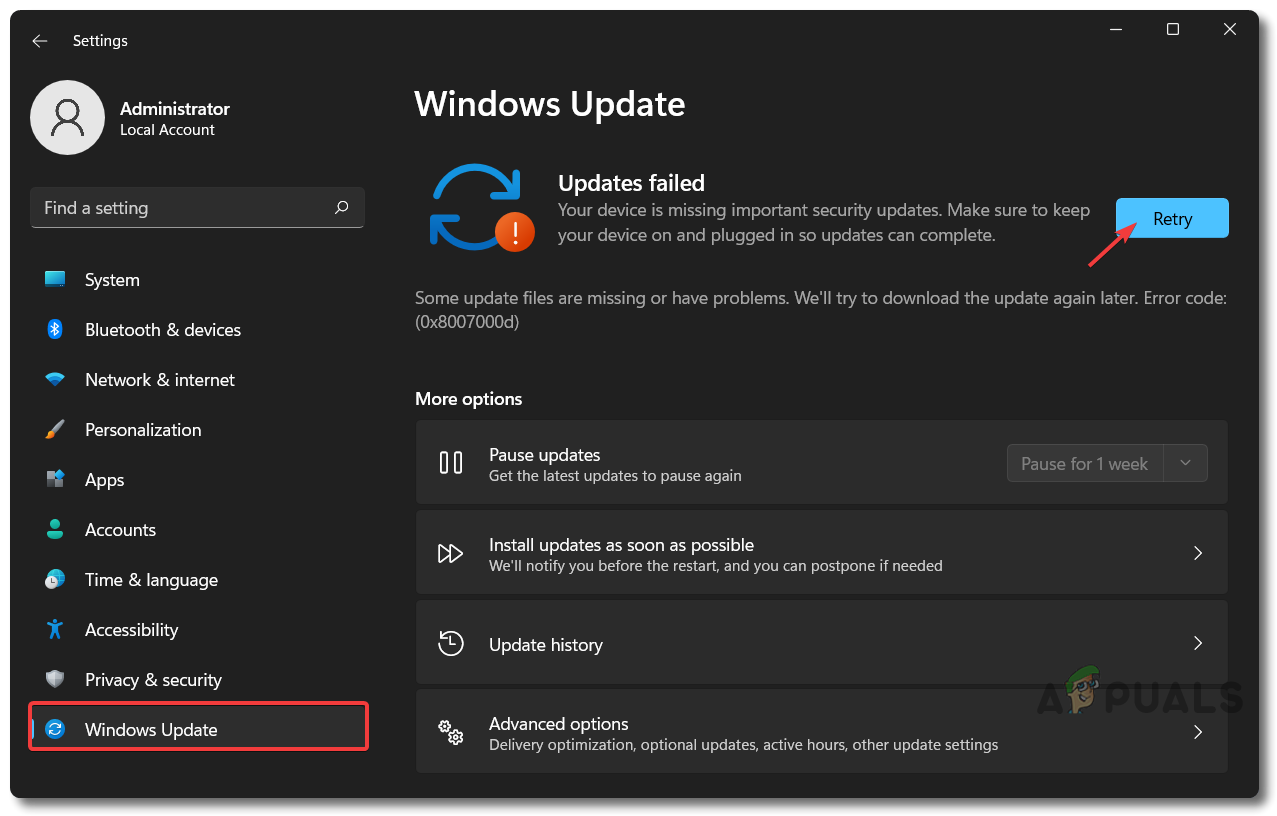
Check For Windows Update - If found any updates, download them by selecting the Download & Install option.
Lastly, wait until the download process gets completed, once downloaded restart your Windows and check for the iPhone doesn’t show up in Windows 10 file explorer issue.
4. Try Updating Apple USB Driver
If you are still troubled with the iPhone drive not appearing in the Windows explorer problem, then try updating your Apple device’s USB drivers to get past the issue. The outdated drivers are most likely to cause various troubled thereby stopping them from establishing connections. So, follow the below-guided steps to update the USB driver:
- At first, tether your iPhone to the PC via MFi certified cable.
- Next right-click on the Windows Start and select Device Manager.

Opening device manager - Now visit the section Universal Serial Bus Controllers. After that right-click on Apple Mobile Device USB Driver.
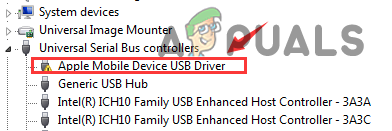
Double-click Apple Mobile Device USB Driver. - And click on the option Update Driver Software.
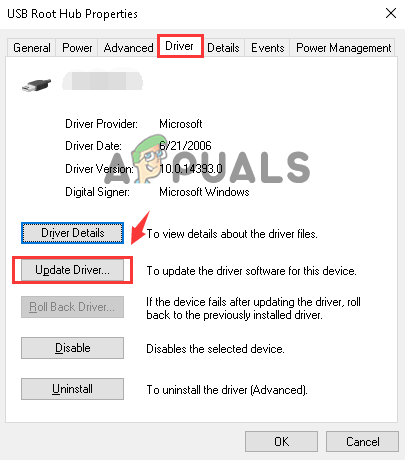
Click on Update Driver Software. - Then go for the option Search Automatically. This will let your Windows update automatically if any is available.
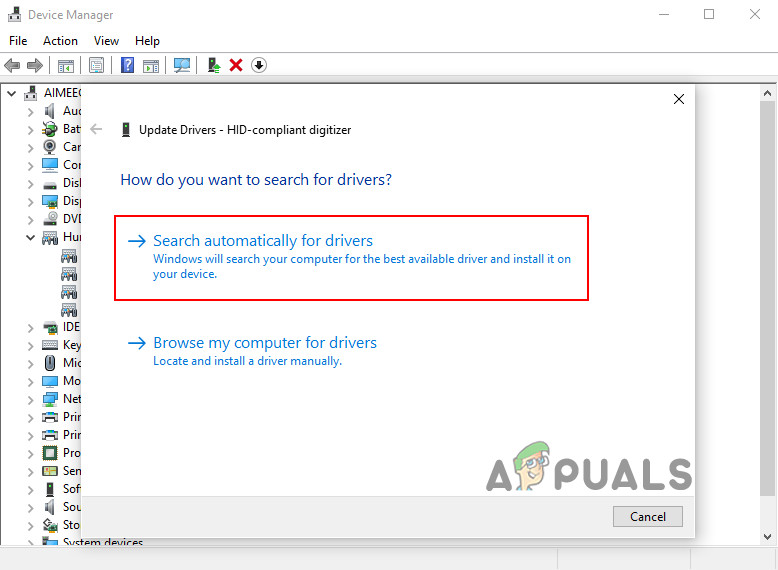
Search Automatically for Drivers - Lastly, you will see the notification your driver is updated.
Once completed with the above-guided steps, reboot your iPhone and PC and try connecting your iDevice again to your PC and check if it is appearing on your system or not.
5. Make Sure to Have a Full Control Over iTunes Folder
It is also found that not having full or complete access to the iTunes folder can trouble you with this issue. Therefore, you need to ensure that you must have full control over the iTunes folder and check if iTunes connect with the iPhone or not to get rid of this problem.
For this you need to follow the below steps:
- Press Win+E keys altogether.
- Now tap on the Music folder and right-click on iTunes and go for the option Properties.
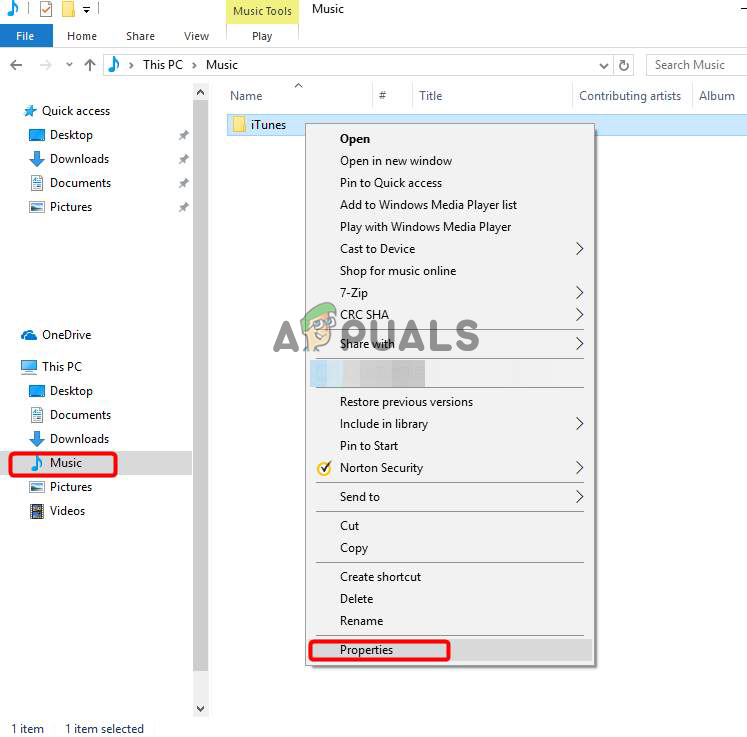
Click on the Properties - Then uncheck the box option Read Only (Only applies to files in folder).
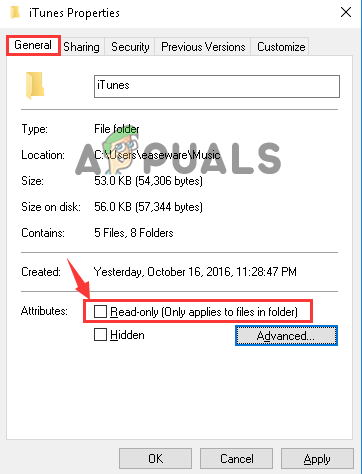
- Further tap on Apply and OK to keep the changes made. And then Exit.
- Now check for the problem. If not solved then go to iTunes Properties again.
- Here go to the security section and tap the Edit button.
- Next, check the box option for Full Control and then tap on Apply and OK to save the made changes. And click on Exit.
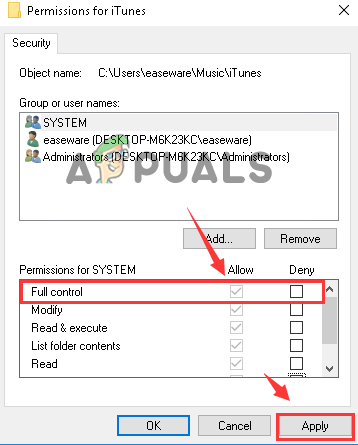
Click on the box option for Full Control a - Lastly again verify for the issue is solved or not.
6. Switch To Another active Driver In Device Manager
Another reason for not showing your iPhone on the system is a corrupted or damaged Windows system driver. Driver plays an important role in the proper functioning of the Windows system and allows to perform certain actions well. So many users reported that switching to another active driver in the device manager works for them to solve the problem. For this, you need to switch to another active driver in the device manager to get past the issue. Below are the steps to do so:
- Tap Win+X keys simultaneously to enter Device Manager.
- Now expand the section Universal Serial Bus Controllers and click twice on Apple Mobile Device USB Driver option.

Double-click Apple Mobile Device USB Driver. - Next under the Driver section, go for the option Update Driver.

Click on Update Driver Software. - After that select Browse my computer for driver software and then Let me pick from a list of device drivers on my computer options.
- Then tap on MTP USB Device and click on Next.
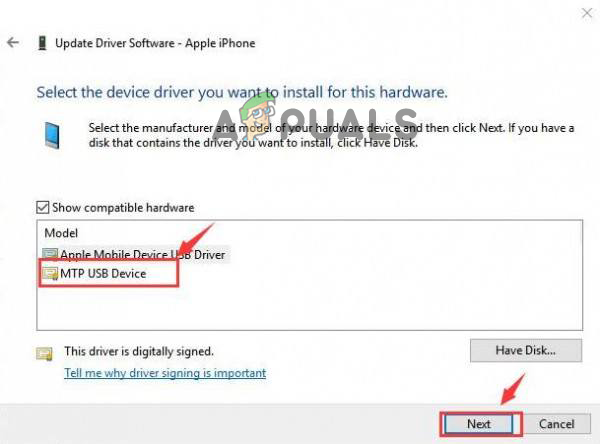
Finally, check for the problem is solved or not.
So, dealing with iPhone doesn’t show up in Windows 10 file explorer is a very annoying situation as it won’t let the system recognise your iPhone thereby hurdling the transfer process. So above are some verified fixes that will get you out of this issue in no time. Moreover, you’ll be easily able to transfer your files from your iPhone to the system.





